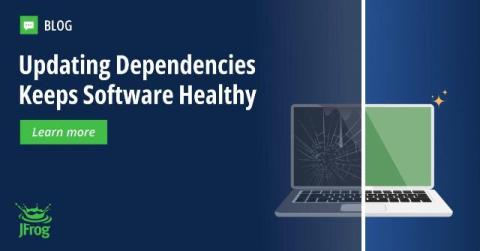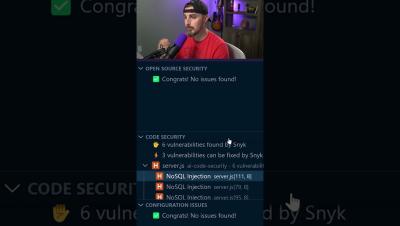Out with the Old - Keeping Your Software Secure by Managing Dependencies
During 2023, the U.S. witnessed a record high in supply chain cyber-attacks, affecting 2,769 organizations. This figure represents the largest number recorded since 2017, marking an approximate 58% annual increase in impacted entities. If there ever was a doubt, now it’s crystal clear that YOUR SOFTWARE SUPPLY CHAIN IS A TARGET. Developers, DevOps and Security teams must prioritize processes that enhance security for all phases of the software supply chain.











